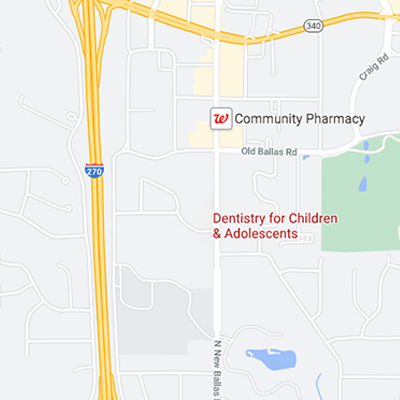Quick, look in the pockets of your coat, your purse, in your car or desk. There’s a pretty good chance you’ll find at least one pack, or piece, of chewing gum in those spots! It’s everywhere, and it’s all too easy to keep around for personal use or use in your family. But, is that such a good idea? The answer just might surprise you!
Today, we want to provide you with chewing gum facts, so that the next time you reach for a piece, you know what you’re in for and what to expect.

Chewing Gum Facts
The mouth is populated by many types of bacteria, including streptococcus mutans, the bacteria responsible for cavities (and strep throat). When it encounters and metabolizes sugar, it produces acid. Saliva is typically capable of handling this in small amounts, but when the bacteria encounters a large quantity of sugar over an extended period of time, that leads to cavities through a process called demineralization.
Saliva is important to the overall health of gum and teeth, but large amounts of sugar and bacteria easily counteract those benefits.
Some types of gum substitute the use of sugar with a natural sweetener, such as Xylitol. This type of sweetener is actually a big boon for your teeth! For your children, it can be most beneficial right before their adult teeth grow in—around the age of five or six.
Also, an additive called calcium lactate can be found in several gums that aids in the remineralization process.
It’s important to remember that, to a child, gum is often lumped in with candy and therefore seen as a reward. Use that to your advantage! Gum is by no means a replacement for brushing and flossing, but with the right brand it can prove to be a useful aid as long as they include helpful additives like Xylitol and calcium lactate and do not use sugar.
Helping your children pick out a gum as a method of improving dental health can have significant benefits. With the right amount of moderation, you can ensure they’ll have more than one reason to be smiling for years to come.



